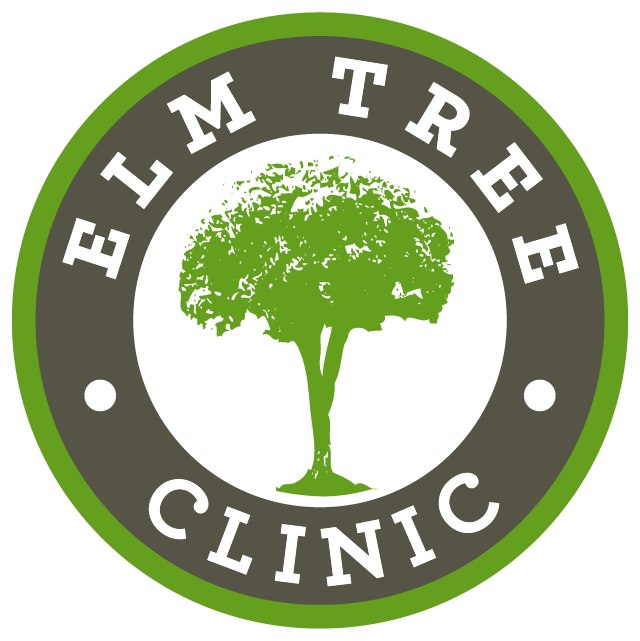Cavity Prevention Program
The cavity prevention program is an advanced preventive program designed to eliminate tooth decay.
“Why do I keep getting cavities? I see the dentist regularly.”
For years dentistry treated tooth decay as a problem to be repaired. Often patients would get fillings done, only to return with more cavities the next time. We now see tooth decay as a disease, and cavities are a symptom. It is not enough to treat only the symptoms. We now try to identify and eliminate the disease, making cavities a thing of the past.
Step 1. Testing:
We perform a cavity index rating for our patients. This test provides us with a score for various factors related to decay risk such as plaque and oral hygiene, existing cavities, type and number of former cavities, diet issues, etc. This allows us to discover whether existing borderline lesions could progress, or whether they happened in the past and are no longer active. We can even re-test patients with larger cavities after repair to make sure the decay has been stopped.
After scanning, we create customized patient-centered treatment plans based on the assessed cavity risk, including:
Frequency of recare visits needed.
Whether fluoride treatments are necessary.
How often x-rays are necessary.
Whether to watch older fillings or replace them.
Whether to treat or observe micro-cavities and pits.
Step 2. Analysis and Reduction of Tooth Decay Risk:
“Billy brushes his teeth well. Why does he still get decay?” Many people believe that if they brush well, they shouldn’t get cavities. This is simply not true. We have seen many patients with good oral hygiene who get lots of decay, and some with poor oral hygiene and no decay. Everybody has some plaque- decay. This kind of decay is caused by plaque made up of harmful bacteria. If a person tests at medium or high risk for decay, we then try to find the cause and eliminate it:
We analyze the diet: In most cases, careful professional analysis of the diet will reveal the cause of decay- a diet that allows harmful bacteria to rule. This is very important, because subtle differences in diet can have huge effects on decay for people at risk. We work with the patient to develop a diet which will reduce decay risk.
We review oral hygiene at this time. People at risk need to take extra home care, using the latest techniques.
We set up a custom fluoride program if needed, with both home and professionally applied fluoride.
Anti-acid tooth powders and pastes are now available. These can be effective without fluoride. They are especially effective if applied with a Sonic brush, or applied between teeth with a Soft-pic. One example is Common Sense Tooth Powder which contains Baking Soda, Xylitol, and Calcium Phosphate.
We start the patient on Xylitol gum. Xylitol is one of the safest artificial sweeteners that not only does not cause decay but can actually reduce decay if you chew 3 pieces a day. 3 brands are Xylichew, Spry and PUR.
Step 3. Advanced Cavity Prevention:
“I’m doing everything I can, but I’m still getting tooth decay”
At this point, if a patient is still at risk, we proceed with the following treatments:
We eliminate the spots that can easily decay. We treat small cavities, replace older poorly fitting fillings and seal deep pits and grooves in the teeth.
We may place the patient on a special high-strength fluoride program as well. We will schedule 3-month spot fluoride treatments, diet and oral hyginene reviews. We can apply fluoride varnish to areas prone to decay.
We can place special fluoride-containing sealants (Fuji Triage), that slow-release fluoride exactly where they are needed in the grooves of the teeth. They are available in pink or white. See photo at left.
We will have the patient keep a diet diary, and will perform computer analysis.
We now have a special anti-cavity mouth rinse system that changes the entire environment of the mouth so “bad” bacteria cannot grow and “good” normal bacteria can take over.
There is an extra strong 2-part rinse to “shock” the bad bacteria, which is used for 1 minute a day for 2 weeks. There is also a maintenance fluoride rinse that helps keep the bad bacteria down.
MI paste - this fluoride-free paste contains calcium and phosphorus derived from milk products which strengthen your teeth. It is very good for sensitive teeth and patients that get many canker sores. It is made to apply with a finger or Q-tip before bed, and can be safely swallowed.
We also assess for Vitamin Deficiency:
Patients with high cavity rates may have a Vitamin D3 and K2 deficiency.
Most of us in Canada are deficient in Vitamin D from October to April. You can get your levels tested by your MD. If you are low. We recommend 1000-2000IU Vitamin D3, as well as 30-60mcg Vitamin K2 daily, ideally in drops. You can re-test to see if it is sufficient.
You can download further information about the Cavity Prevention Program here.
A note about insurance: We feel that prevention is the most important and cost effective treatment that we offer.
The Cavity Prevention Program is very advanced dentistry, and insurance companies do not always keep up with the latest techniques. They may not cover all parts of the Cavity Prevention Program. Unfortunately, they will often pay large amounts to have patients undergo repeated fillings, but will not fully cover elimination of the cause. If you like, we will be glad to submit an estimate to your insurance company to see in advance what portion of the Cavity Prevention Program costs they will help to cover.








